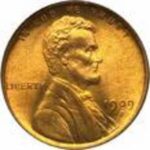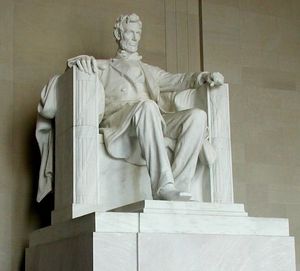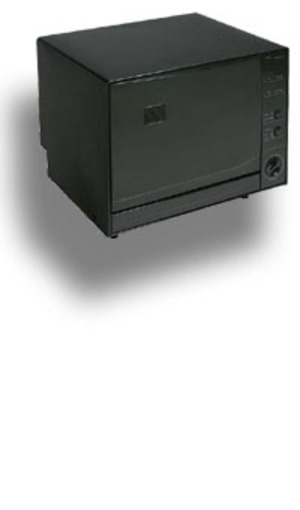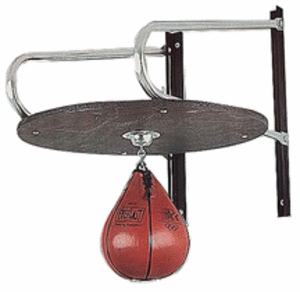Beginnings
When President Abraham Lincoln first allowed for the creation of the United States Secret Service, he was not interested in his own protection. The problem he was interested in correcting was that of counterfeiting. During his administration over 1/3 of the nation’s currency was counterfeit. It would be the chief job of this newly created Secret Service to track down counterfeiters and put an end to their operations.
President Lincoln signed the order authorizing the creation of the Secret Service on April 14th, 1865. In one of the ironies of history it was the next night, April 15th, 1865, that Abraham Lincoln would be shot dead by John Wilkes Booth in Ford’s Theater. It was the first presidential assassination in the history of the United States, but it would not be the last.
The Secret Service officially went into action on July 5, 1865, under the command of its first chief, William P. Wood. Because of its role in investigating counterfeiters this new Secret Service was created under the United States Department of the Treasury. They began in earnest and by 1866 they had already shut down some 200 counterfeiting operations working in the United States.
So successful were they, in fact, that in 1867 their authority was expanded. Counterfeiters were no longer their only target; they were authorized to investigate any persons committing fraud against the government. Besides the Secret Service the only other real federal police force at this time were the U.S. Marshals, and the Secret Service soon began taking over many of the functions in enforcing federal law that the Marshals did not have the manpower to handle on their own.
It was almost thirty years before the potential protective abilities of the Secret Service were recognized. In 1894 the Secret Service began working on an informal, part-time basis in the protection of then president Grover Cleveland. However this was still considered minimal compared to their primary duties of investigating federal fraud cases against the United States government.
Protectors of the President
The nation was shocked on the day of September 6, 1901. The popular president William McKinley, who had just won re-election the year before, was attending the Pan-American Exposition in Buffalo, New York when he was suddenly and unexpectedly shot twice by anarchist Leon Czolgosz, who had been waiting in line to shake the president’s hand. McKinley would live for over a week as the best doctors available attempted to save his life but unfortunately he died on September 14, 1901.
Following the assassination of President McKinley Congress requested that the Secret Service take on a larger role in presidential protection. It was made their official, full-time duty to protect the President in 1902. At the beginning two Secret Service agents were assigned full-time duty at the White House to protect the President. It was also in this year that the first Secret Service agent was killed in the line of duty. While riding in a carriage with President Theodore Roosevelt, William Craig was killed when a trolley car crashed into the carriage.
Soon enough, though, the Secret Service’s job of increasing the president began to increase. In 1908 they were given the duty of not only protecting the current president but also the president elect. In this year as well President Theodore Roosevelt transferred some Secret Service agents from the Department of the Treasury to the Department of Justice to continue out their investigative duties. These agents would eventually form the heart of what would one day become the Federal Bureau of Investigations. This was a part of the continuing dual responsibility of the Secret Service.
In 1922 the White House Police Force was formed, under the orders of President Warren G. Harding. Although in the beginning this was not a part of the Secret Service, it was absorbed by the Secret Service in 1930.
The Secret Service Today
The dual responsibilities of the Secret Service in fact continues to this day. Although we normally see them as the presidential protectors, they are also still the primary police force in dealing with federal financial fraud cases, including counterfeiting, as was their original purpose, identity theft, telemarketing fraud, credit and debit card fraud and more.
However the protective services have continued to play more and more of a prominent role. In 1917 the Secret Service was assigned the task of protecting not only the president but the president’s family as well. In 1961 they were assigned the further task of protecting former presidents. (Former presidents are protected by the Secret Service for a period of 10 years following their leaving office as of 1997). Again in 1962 they were assigned the task of defending the vice president and the vice-president elect.
In over a century’s worth of service of officially protecting the president full-time, only one Secret Service member has been killed while stopping an assassination. In 1950, President Harry S. Truman was visiting the Blair House which was across the street from the White House. Two Puerto Rican nationalists approached the house and began to open fire on several White House Police Force officers. One of these officers was Private Leslie Coffelt, who was shot three times in the abdomen. Coffelt returned fire and killed Griselio Torresola, one of the two nationalists before he himself died from his wounds.
In 2002, after the 9/11 attacks of 2001, a new Department of Homeland Security was created. As part of the development of this new department the United States Secret Service left the Department of the Treasury and became a part of the Department of Homeland Security as of 2003. Despite the move they continue not only to protect the President, the Vice President and their families but also serve in the investigation of federal financial fraud cases of all sorts.









